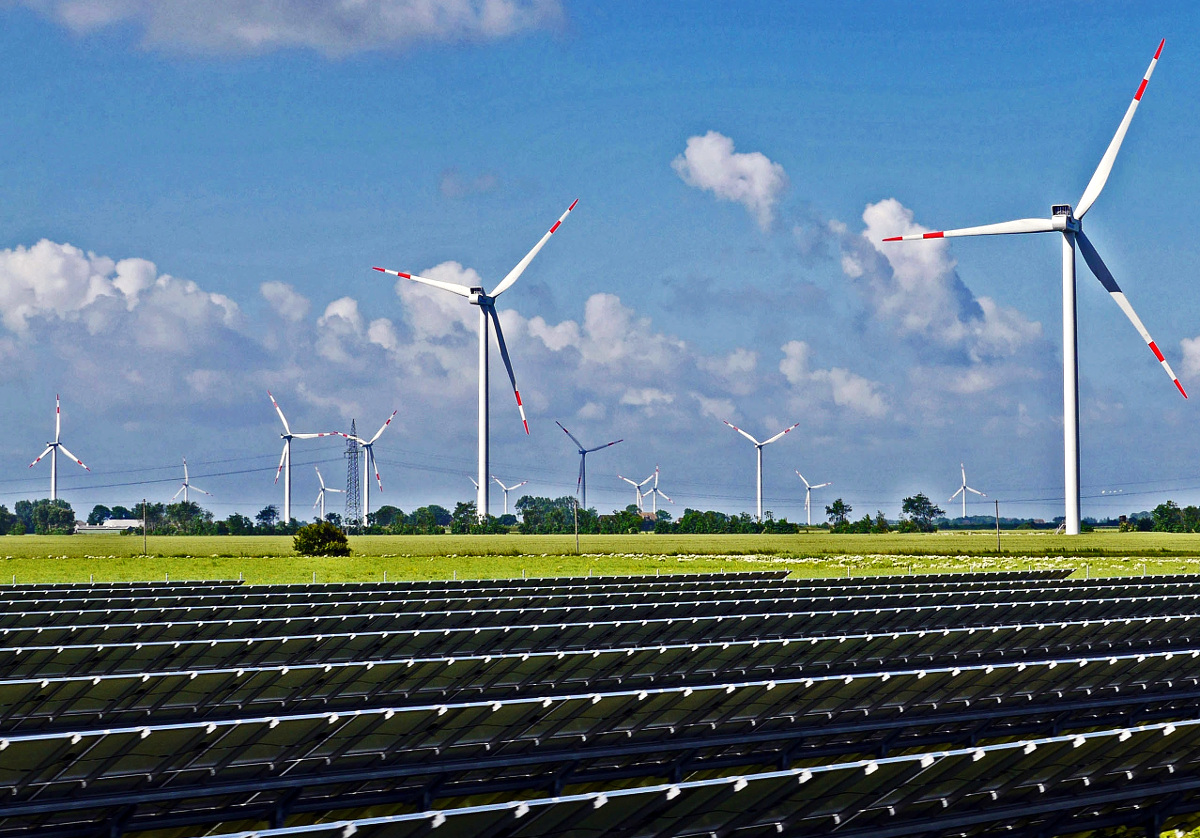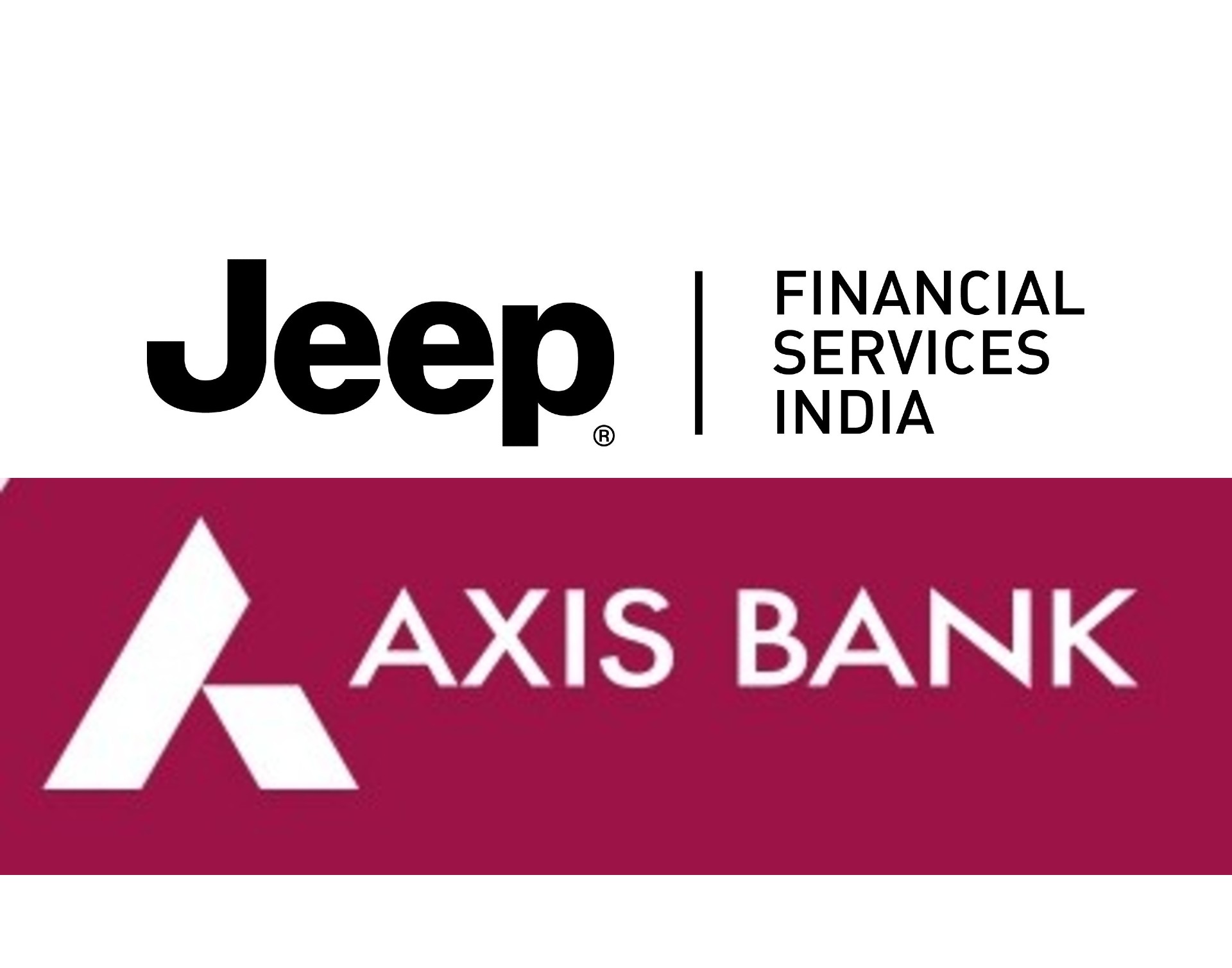Refinancing of Rs.0.7 lakh crore in maturing assets can support capital needs
Mumabi, NFAPost : Whetted global investor interest and enabling regulations can fuel addition of as much as 35 GW of renewables (solar and wind power) capacity, involving Rs 1.5 lakh crore of investments, in the three years through fiscal 2023, a CRISIL estimate shows.
That would be a 35% growth over the Rs 1.1 lakh crore invested in the past three fiscal. A push towards clean energy is driving the global investor interest in the Indian renewables sector — as reflected in project tenders getting oversubscribed amid strong participation by global investors.
CRISIL Research Director Hetal Gandhi said global investments have risen from around 15% of total capital investment in fiscal 2015-18 to around 50% of total investments in fiscal 2018-20.
Tariff caps
“Going forward, global investments and internal accruals can generate around half of the Rs 1.5 lakh crore investments
required,” said CRISIL Research Director Hetal Gandhi.
Continued investor interest also builds on sustained enabling regulations, visible through removal of tariff caps, consistent regulatory policies, and rising renewable energy targets.
Even during the Covid-19 pandemic, the ‘must-run’ status of projects has ensured continuous power offtake despite
weak demand. Further, enablers such as extensions to under-construction projects have helped developers deal with
mobility constraints, supply hurdles and labour shortages.
Credit requirement
CRISIL Ratings Director Ankit Hakhu said a sagging economy and a weak financial sector may pose challenges to fund the credit requirement for this growth.
“However, with growing scale, the sector will churn out around 18 GW of fresh stabilised portfolio1 with top developers2 over the next three years that are amenable to refinancing. That means an aggregate debt capital of Rs 70,000 crore 3 can be freed up to fund greenfield capacities,” CRISIL Ratings Director Ankit Hakhu.
What supports this refinancing is a positive credit bias due to improving confidence on performance of solar, which
constitutes over three-fourths of the target pool.
CRISIL’s recent study on generation across 75 solar projects (with track record of more than three years) indicates
that ~80%4 of the times, performance was better than P905 estimation. Lower generation for the rest was largely due
to sporadic and curable operation and maintenance issues rather than module degradation, implying greater
confidence in performance of modules.
Infrastructure investment
Risks related to delayed payments from state discoms are better managed by leading developers through liquidity
buffers. Their project diversity also reduces exposure to single site or counterparty related risks.
Platforms such as infrastructure investment trusts or InvITs, through their superior governance mechanism and beneficial tax structures, also offer avenues to enable fresh investments from global funds that are scouting for green
investments. This, too, can free up developers’ equity capital for growth.
Indeed, CRISIL believes continued investor thrust and an enabling regulation may double the capacity -addition run rate from the 6-8 GW projects set up annually in the past 3 fiscals.
Capacity addition
1 Capacities with a vintage of over one year – a typical timeframe for assets to stabilise generation. Out of the 35 GW capacity projected to be added during FY 20-23, it is expected that 18 GW will be ripe as these would have stabilised and would be with leading players
2 Developers with a capacity of at least 500 MW each as of March 2020, and contributing ~80% of capacity additions over next 2.5 years
3 Debt of ~Rs. 3.2 crore per MW for solar and ~Rs. 5 crores per MW for wind
4 Performance of a project in a particular year with respect to its individual project P90 was counted as one instance. In all, 330 instances for solar were seen
5 CRISIL considers a plant load factor of P90 for projects to arrive at the debt service coverage ratio. Thus, it is expected that the average annual PLF will be greater than the P90 PLF in nine out of 10 years
That said, the pandemic has impacted credit flow from banks and non-banking financial companies (NBFCs) alike.
This, however, is expected to improve given continued equity flows, reducing risks, and growth impetus.
However, a delay in economic recovery could prolong liquidity issues for NBFCs and thus impact redeployment for greenfield capacity additions.





